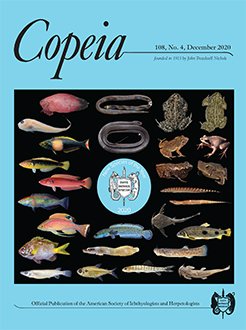Animals can obtain social information from monitoring chemical cues in their environment left behind by conspecifics, competitors, predators, or prey. Whereas many studies have addressed the ability of snakes to trail scents in the laboratory along a homogeneous substrate (i.e., butcher paper), our objective was to determine if the scent-trailing behavior of a snake was affected by changes in substrate type (paper, sand, leaf litter, and burnt leaf litter). We brought five pregnant Timber Rattlesnakes (Crotalus horridus) into the laboratory where each gave birth to an average of nine newborns. After each newborn shed, we conducted Y-maze trials. The scent of the mother was applied down one arm of the Y-maze. Each newborn was tested on each substrate. Newborns non-randomly chose the arm with the mother's scent 87% of the time when tested on paper (P < 0.001) and 73% of the time when tested on sand (P = 0.011). When tested on leaf litter and burnt leaf litter, newborns chose the arm with the mother's scent 67% and 53% of the time (P = 0.068 and P = 0.715, respectively). Newborns also took longer to complete trials on paper compared to other substrates (F3,112 = 10.26, P> < 0.001). Thus, substrate affected the ability of newborns to scent-trail their mother. In a natural setting, the heterogeneity of substrates may facilitate scent-trailing behavior as more conducive substrates may be present among substrates that impede scent-trailing behavior. However, as prescribed fire becomes a more popular forest management tool, care should be taken in where this tool is applied.
How to translate text using browser tools
4 December 2020
Substrate Type Affects Scent-Trailing Behavior of Newborn Timber Rattlesnakes (Crotalus horridus)
Christopher A. F. Howey,
Erika M. Snyder
ACCESS THE FULL ARTICLE





